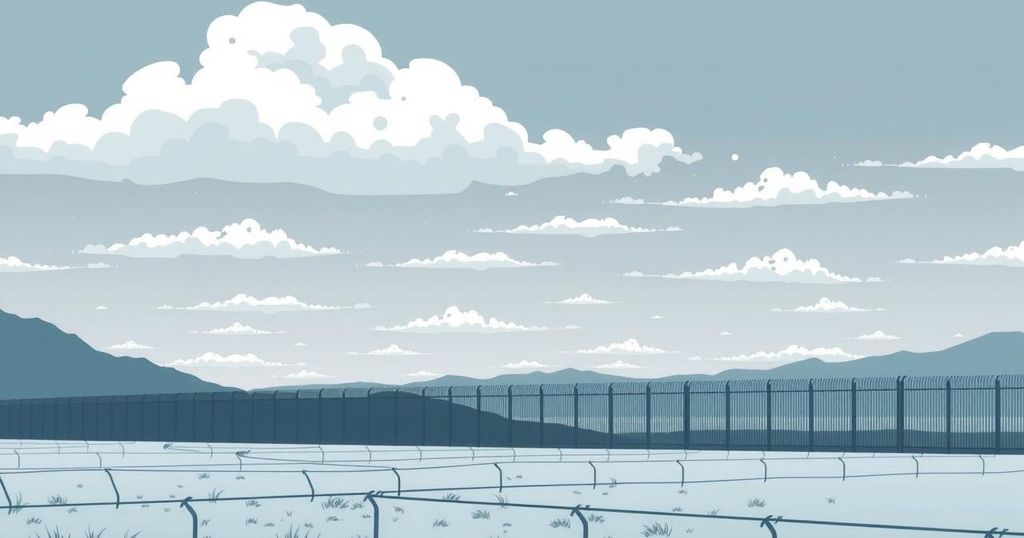Trump’s Big Bill Could Reshape U.S. Immigration System
Trump’s Immigration Bill: A Game Changer for Enforcement
Trump’s proposed spending cuts and border security initiative promise to pour an astonishing $150 billion into a mass deportation effort over the next four years. This money would go toward everything from the controversial wall on the southern border to detention centres and swathes of new law enforcement staff. The implications are huge as Immigration and Customs Enforcement (ICE) currently has an annual budget of around $10 billion; with this bill, we could see a distorted immigration landscape that potentially increases the financial burden of legal immigration while expanding a robust enforcement and detention network.
Building the Wall: Symbolism vs Practicality
Taking centre stage, the bill allocates a staggering $46.5 billion to develop an ‘integrated border barrier system.’ This includes not just the notorious wall but also technologies like movement sensors along 701 miles of primary borders. If lawmakers are serious about border security, as Rep. Mark Green stressed, then they need to back this funding—there’s no turning back once this money is set.
Detention Facilities: A Boon for Private Prisons
Furthermore, it earmarks a hefty $45 billion to expand immigrant detention facilities, with the possibility of hiring an additional 18,000 ICE and Border Patrol personnel. Presently, ICE has around 6,000 deportation officers, and the increase is part of a broader vision of a streamlined, efficient deportation process. This raises questions on whether the added funding can meet Trump’s ambitious deportation targets of 3,000 daily arrests, given the private prison industry’s potential financial windfall from such expansions.
Immigration Courts: Courtroom Chaos and Confusion
Tackling immigration courts, the bill offers $1.25 billion to address an overburdened system that’s currently stuck with a backlog exceeding 3.6 million cases. This funding could assist in hiring more judges and staff to elevate courtroom capacities, which is certainly needed, but it raises concerns about the rise of courthouse arrests, sparking anxiety among immigrants attending hearings. Chronic understaffing will not be solved overnight, as reflected by the extended wait times for judicial decisions, now averaging over five years.
Immigration Fees: An Increased Financial Burden
Lastly, the proposed legislation revises the fee structure for immigration processes, significantly increasing costs tied to asylum applications and other services. Now applying for asylum will come with a $1,000 fee, while seeking employment as an asylum-seeker will hike by a further $550. For wealthier immigrants, these may be mere inconveniences, but for most, even a few hundred dollars can alter the course of their plans dramatically, making it all the more challenging for vulnerable populations to find a haven in the U.S.




